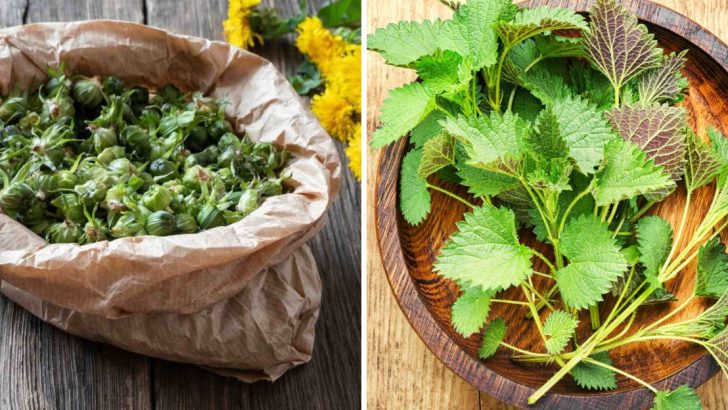Wild herbs can transform ordinary dishes into extraordinary culinary adventures. Found in forests, meadows, and even your backyard, these natural flavor boosters pack more punch than their store-bought cousins.
Foraging for cooking herbs connects us with ancient food traditions while adding unique dimensions to modern recipes. Ready to spice up your cooking with nature’s bounty?
1. Dandelion
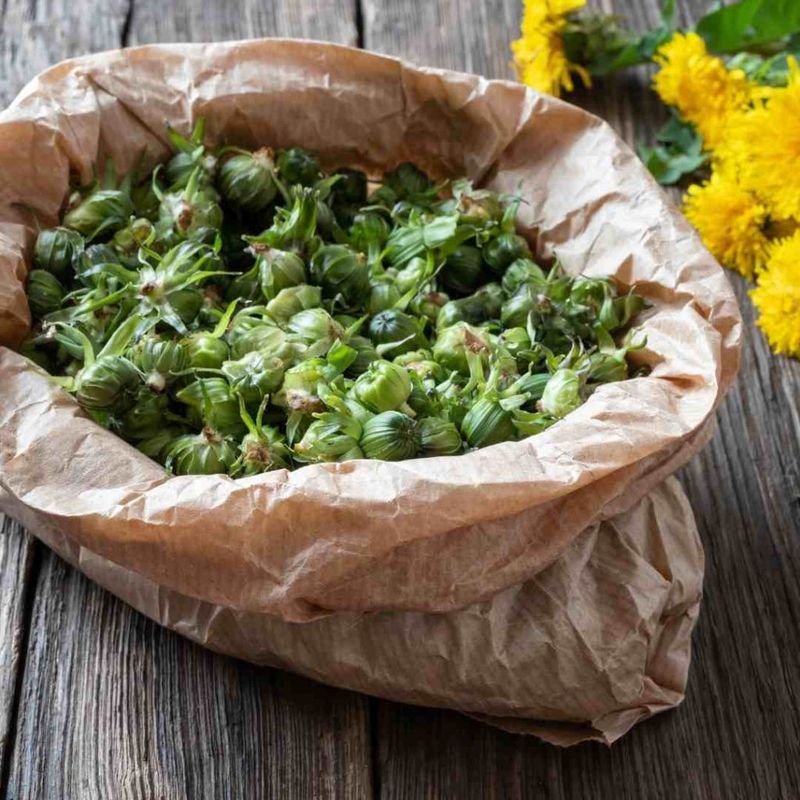
Those pesky yellow flowers invading your lawn? They’re actually gourmet ingredients hiding in plain sight! Every part of a dandelion is edible, from its bitter leaves perfect for salads to its bright flowers that make beautiful honey.
Young dandelion greens taste similar to arugula and add peppery depth to spring dishes. The roots can be roasted and ground as a caffeine-free coffee substitute with earthy notes.
2. Wild Mint
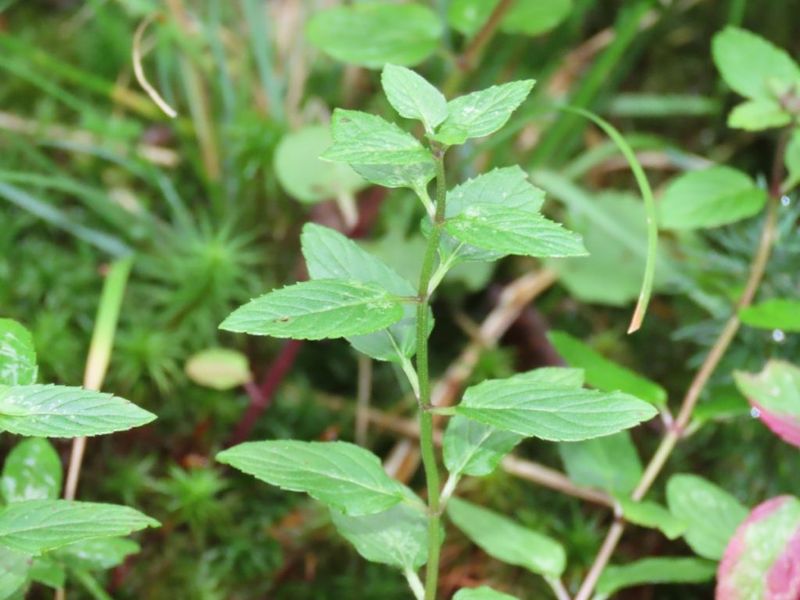
Stumble upon wild mint while hiking and you’ll smell it before you see it! This aromatic rebel grows abundantly near streams and in partially shaded areas, spreading like wildfire if given half a chance.
Unlike its domesticated cousin, wild mint delivers a more complex, sometimes spicy flavor profile that elevates lamb dishes, chocolate desserts, and summer cocktails. The leaves contain natural cooling compounds that make them perfect for hot-weather cooking.
3. Stinging Nettle
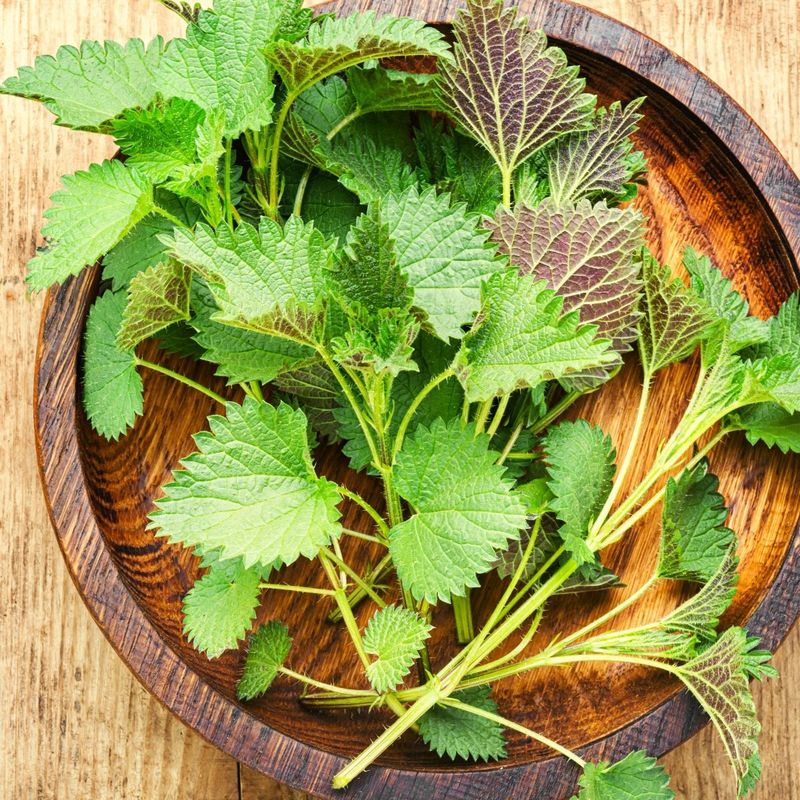
Fear not the sting – once cooked, these prickly plants transform into a nutritional powerhouse that tastes like spinach’s more interesting cousin! Wearing gloves, harvest young plants in spring before they flower for the tenderest eating.
Blanching nettles for just 30 seconds neutralizes their stinging hairs completely. The resulting bright green leaves deliver iron-rich flavor to soups, pasta fillings, and risottos that store-bought greens simply can’t match.
4. Wild Mustard
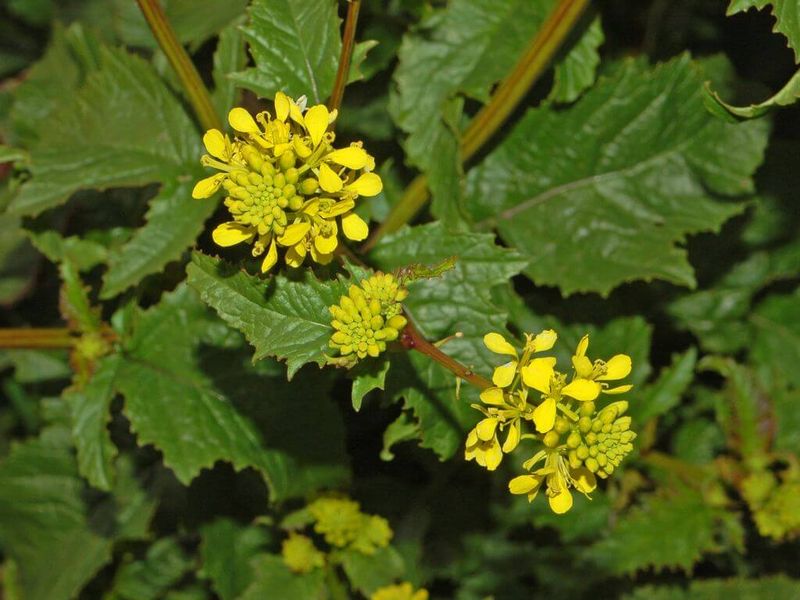
Yellow flowers brightening roadside ditches might be wild mustard – nature’s spice cabinet on display! The young leaves pack a wasabi-like punch that mellows beautifully when cooked, while the flowers add peppery brightness to salads.
Ancient Romans crushed wild mustard seeds with wine to create the world’s first mustard condiment. Today, adventurous cooks use the entire plant: leaves in stir-fries, flowers as gorgeous garnishes, and seeds toasted for homemade mustard blends.
5. Chickweed
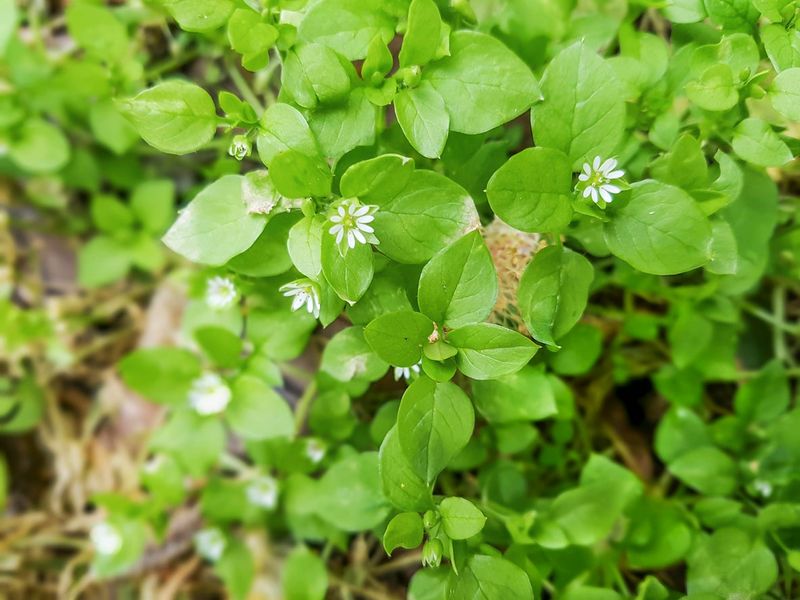
Don’t let its delicate appearance fool you – chickweed delivers cucumber-crisp freshness that elevates ordinary salads to extraordinary status! This low-growing superstar thrives in cool weather, making it one of the first and last wild edibles of the season.
Chickweed’s tender stems and tiny star-shaped white flowers are entirely edible. The plant contains saponins that create a gentle lathering effect when rubbed between fingers – nature’s soap that indicates you’ve found the real deal!
6. Plantain
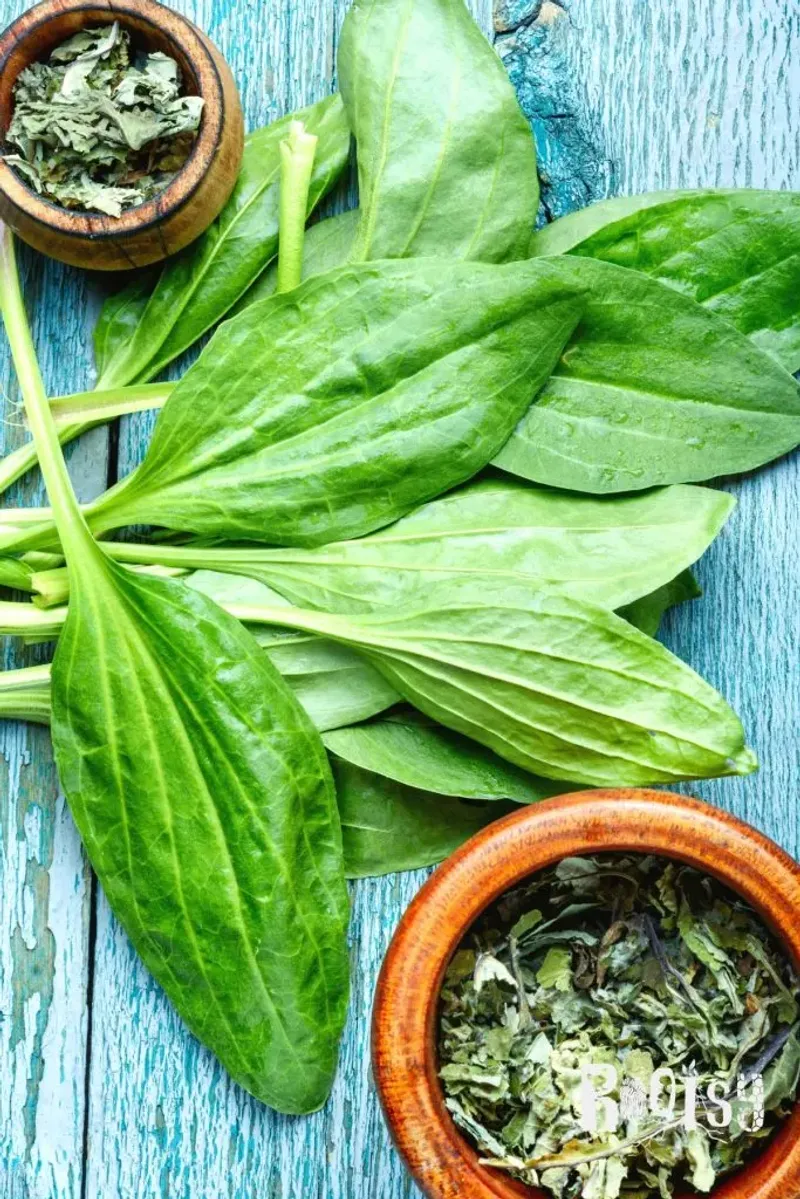
Forget everything you know about tropical fruits – this plantain is the resilient weed growing through sidewalk cracks! Its young, tender leaves taste like earthy asparagus with mushroom undertones when lightly sautéed.
Native Americans called plantain “white man’s footprint” because it spread wherever European settlers walked. The parallel-veined leaves contain mucilage that creates silky textures in soups and stews.
7. Pine Needles
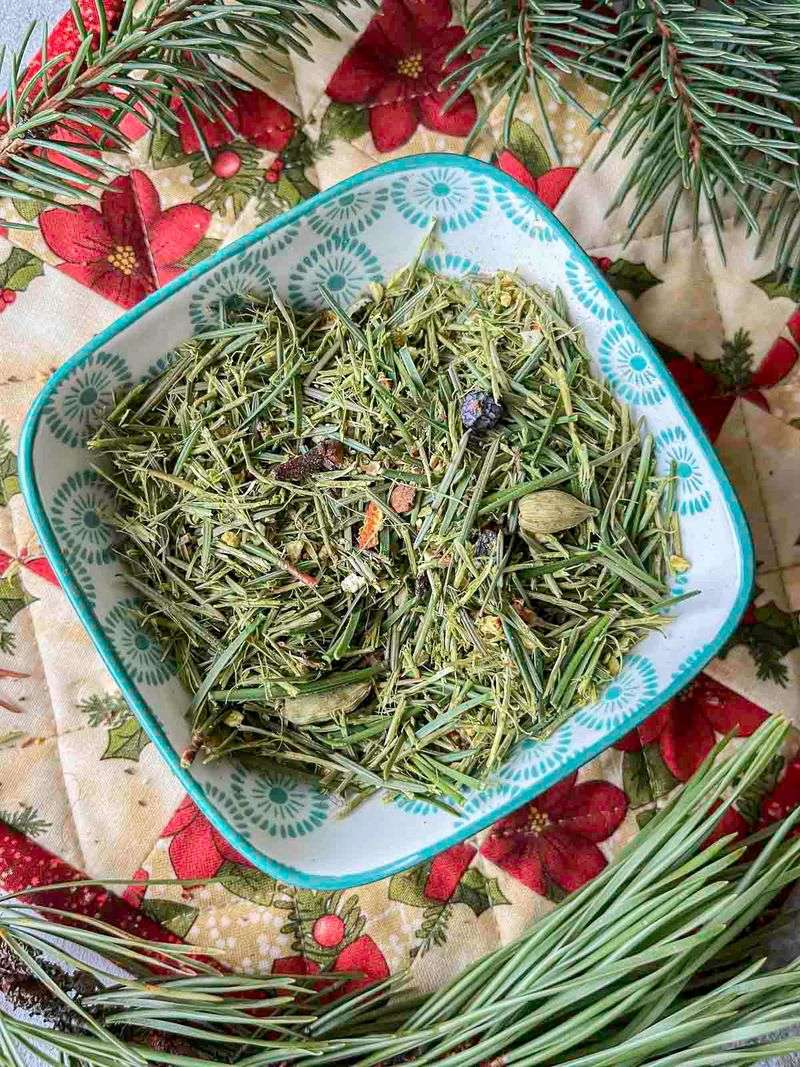
Surrounded by pine trees? You’re literally standing in flavor country! Young, bright green pine needles contain five times more vitamin C than lemons and impart citrusy, resinous notes to dishes that scream “woodland feast.”
Eastern white pine and spruce varieties offer the most pleasant flavors. Steep fresh needles in hot water for an immune-boosting tea, or infuse them in honey, vinegar, or oil for forest-inspired condiments.
8. Wild Basil
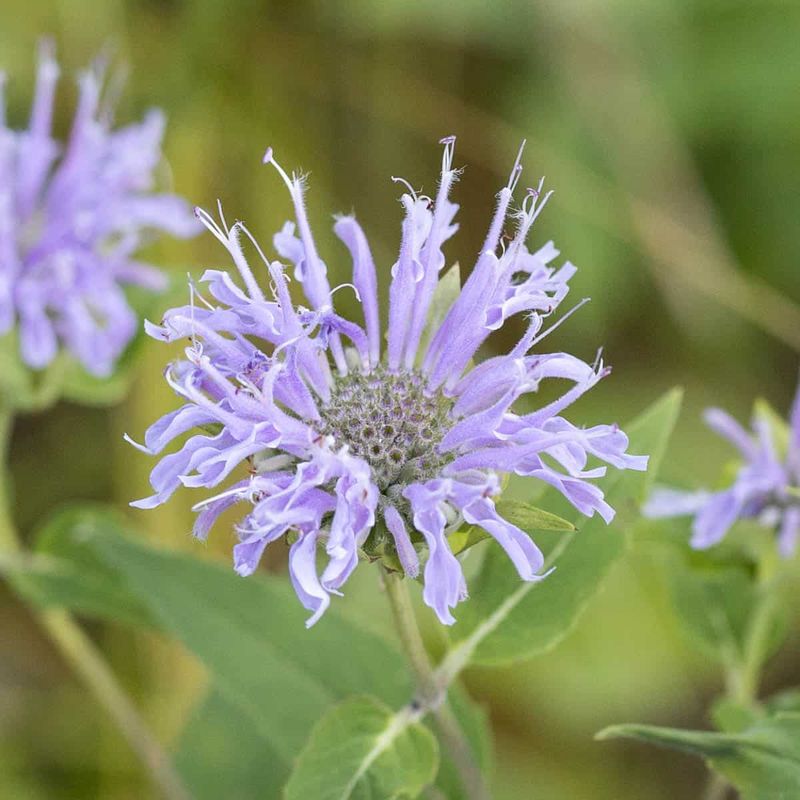
Nothing beats the moment you crush wild basil leaves between your fingers and that familiar-yet-different aroma hits your senses! Unlike its domesticated Italian cousin, wild basil (sometimes called wild bergamot) delivers complex notes of oregano, mint, and thyme all rolled into one powerful leaf.
Native American tribes used wild basil medicinally and ceremonially long before it became a culinary darling. The delicate purple flowers make stunning garnishes for summer cocktails and add peppery sweetness to honey when infused.
9. Mugwort
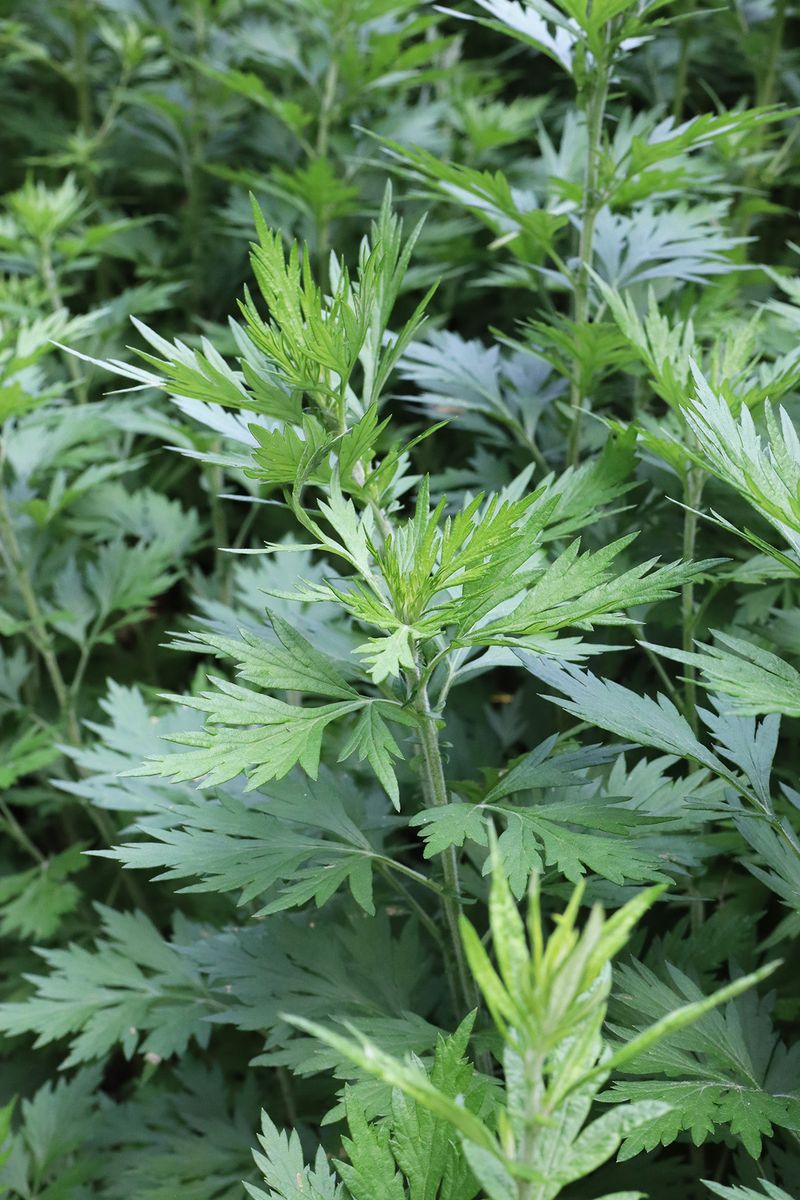
Ancient witches weren’t wrong about mugwort’s magical properties – this silver-backed beauty brings haunting complexity to roasted meats! With its sage-like aroma and slightly bitter, chrysanthemum-adjacent flavor, mugwort transforms ordinary dishes into memorable experiences.
Use mugwort sparingly at first – its potency can overwhelm. Try it in marinades for duck or lamb, infused in cream for unique ice creams, or dried and sprinkled over roasted root vegetables.
10. Fennel

Roadside fennel stands tall like nature’s lollipops, waving feathery fronds that taste like licorice candy grew up and got sophisticated! Every part delivers anise-flavored magic – from the crunchy bulb to the delicate fronds to the potent seeds.
Wild fennel typically lacks the bulbous base of cultivated varieties but compensates with more intense flavor in its fronds and seeds. Harvest the pollen when flowers bloom for a spice so precious chefs call it “fairy dust” – a pinch transforms ordinary pasta into restaurant-worthy dishes.
11. Creeping Thyme
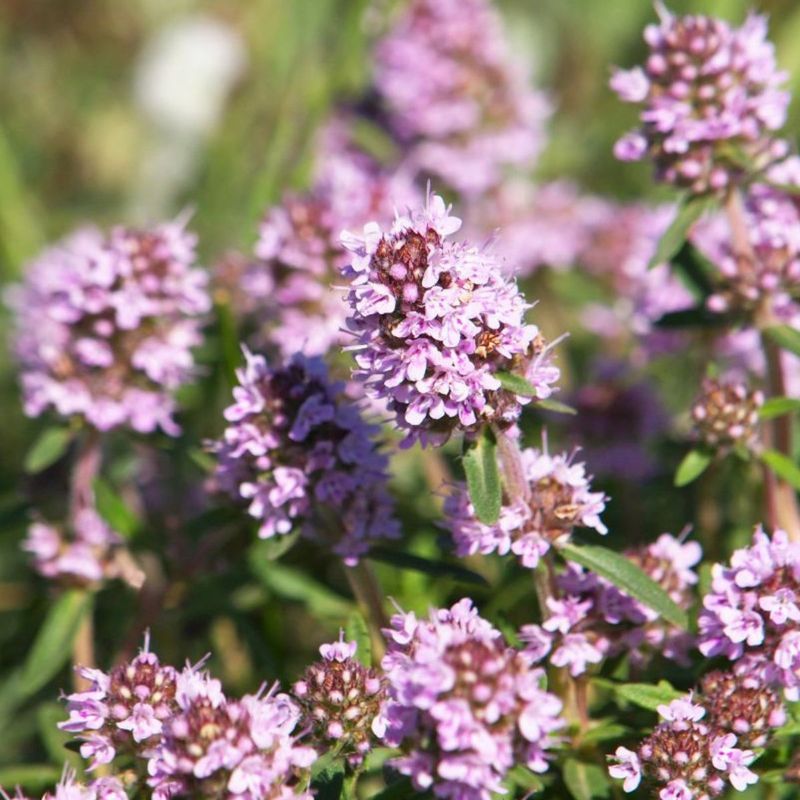
Stumble upon a patch of creeping thyme and you might mistake it for a fragrant purple carpet! This low-growing herb creates stunning ground cover while producing tiny, intensely flavorful leaves that outshine their grocery store counterparts.
Wild thyme contains higher concentrations of essential oils than cultivated varieties, meaning a little goes a surprisingly long way. The flowers attract beneficial insects and can be harvested along with the leaves for beautiful, edible garnishes.
12. Horseradish

Forget store-bought imposters – wild horseradish root delivers a sinus-clearing experience that separates casual eaters from true flavor enthusiasts! This unassuming plant with large, wavy leaves hides its treasure underground in the form of gnarly, beige roots packed with volatile compounds.
Grating fresh horseradish releases isothiocyanates that create its characteristic heat. Unlike chili peppers that burn your tongue, horseradish targets your nasal passages with a uniquely satisfying punch that dissipates quickly.
13. Yarrow
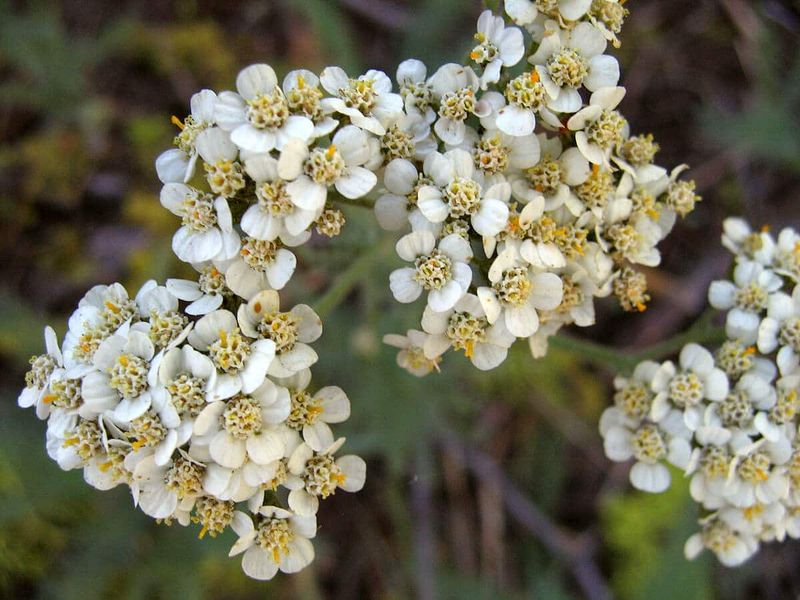
Named after the Greek hero Achilles, yarrow isn’t just for stopping battlefield wounds anymore! This feathery-leaved plant with flat-topped white flower clusters delivers a complex bitter-spicy flavor reminiscent of tarragon with peppery undertones.
Foraging tip: Look for yarrow’s distinctive feathery leaves and crush them – the true plant releases a medicinal, slightly sweet aroma. Avoid plants with yellow flowers, as these may be lookalikes. Harvest before full flowering for best culinary results and brightest flavor.
14. Goldenrod

Wrongly blamed for seasonal allergies, goldenrod deserves culinary redemption! These sunny yellow plumes contain anise-like compounds that create surprisingly sweet, licorice-adjacent flavors perfect for teas and infusions.
Harvest goldenrod flowers on sunny days when they’re fully open but before they start producing seeds. The nectar-rich blossoms make particularly exceptional infused honey that captures late summer’s golden essence – nature’s sunshine in a jar!
15. Cattail
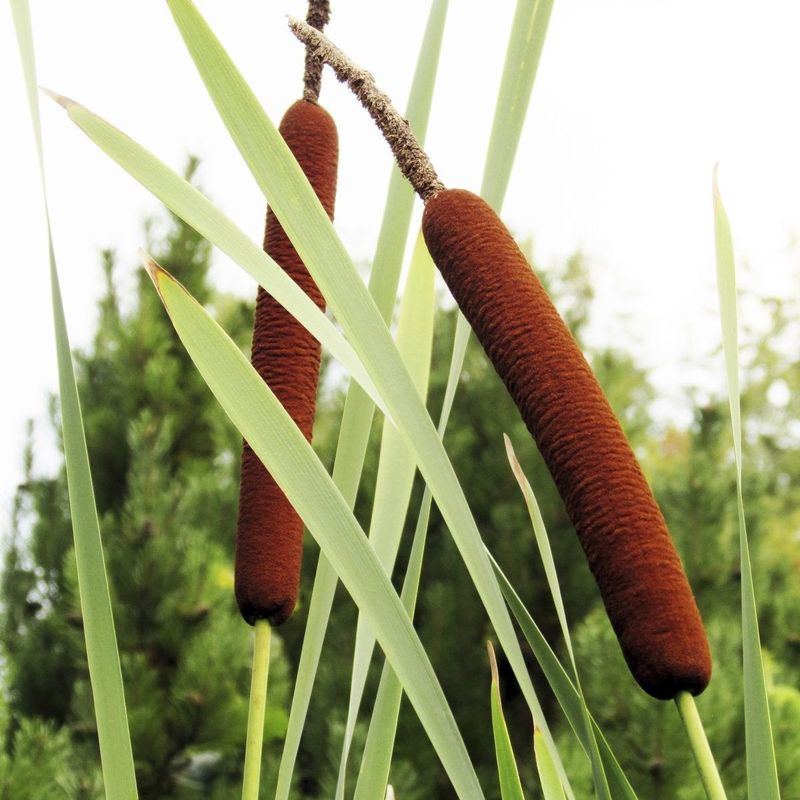
Those distinctive brown “hot dogs on sticks” marking wetlands? They’re actually your next multi-course meal! Cattails provide different edible parts throughout the seasons, earning their nickname as the “supermarket of the swamp.”
Spring shoots taste like cucumber-infused hearts of palm when peeled and eaten raw or sautéed. Early summer brings cattail pollen – a golden, protein-rich flour substitute that adds nutty notes to baked goods.

